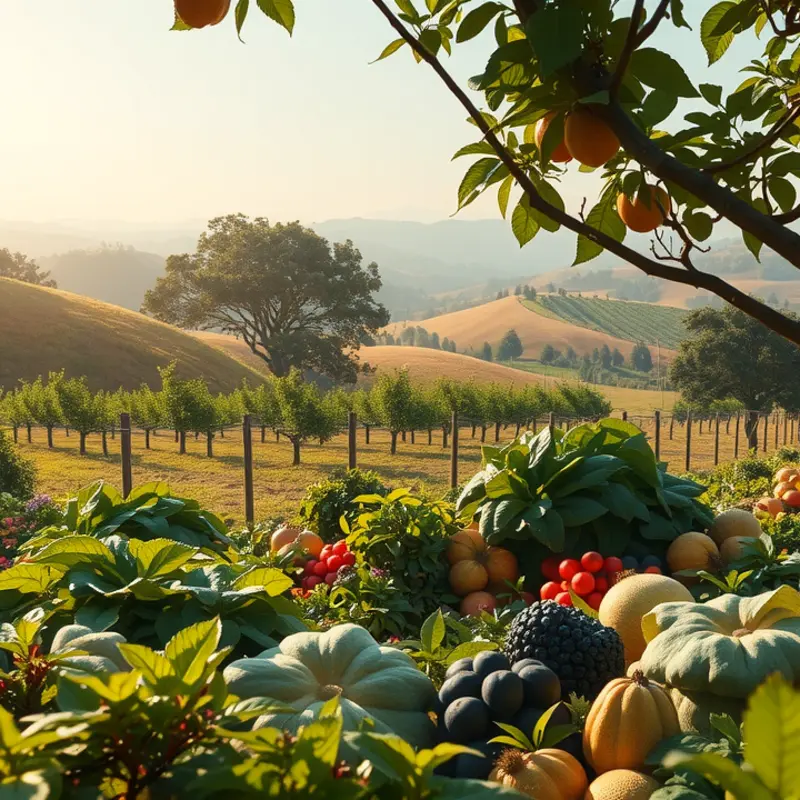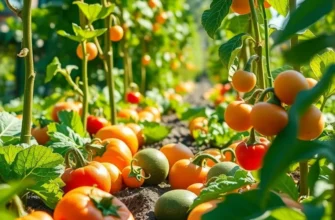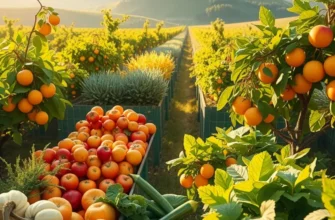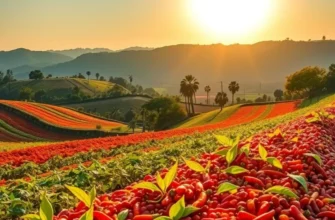Every culture has its own rituals and practices surrounding food presentation, which elevate the act of eating into a form of art. From the vibrant colors of a Moroccan tagine to the minimalist aesthetics of Japanese sushi, how food is displayed is often as significant as the flavors themselves. In this journey, we will explore various global customs, discover the stories behind traditional presentation styles, and celebrate the rich tapestry of culinary artistry that connects us all.
A Feast for the Eyes: The Colorful Tapestry of Culinary Art

Culinary traditions around the world have long understood that the visual appeal of food plays a crucial role in the dining experience. Different cultures transform the act of eating into an art form, weaving a colorful tapestry of vibrant hues and intricate designs that captivate the eye. Each culture employs a unique palette to turn meals into cultural expressions that tantalize both taste and sight.
In Japan, the concept of “ichi-go ichi-e” underscores the importance of each unique meal, making every dining occasion special. Japanese chefs meticulously craft bento boxes, utilizing seasonal colors to reflect the harmony between nature and food. This creates a momentary art piece of bright reds, delicate greens, and serene whites that respect the impermanence and beauty of life.
Across the Indian subcontinent, color is more than decoration; it’s an essential ingredient. Spices such as turmeric, saffron, and paprika are not only flavor enhancers but also vibrant colorants. A typical Indian thali is an interplay of rich yellows, fiery reds, and refreshing greens. The careful arrangement of these dishes on a banana leaf or a metal plate reveals a deliberate symmetry, marrying chaos with coherence in a stunning visual display.
Contrastingly, the minimalist approach seen in Scandinavian countries offers a different perspective on the use of color. The focus lies in celebrating the natural hues of fresh, local ingredients. This style emphasizes simplicity, with a dish often comprising whites, pale greens, and browns—each element meticulously placed to highlight its natural textures and forms. In this restrained palette, colors tell the story of the landscape: the sea, the forest, and the earth.
In Latin America, the vivaciousness of culture is mirrored in the presentation of food. Mexican cuisine, for example, is a fiesta of colors with dishes like mole poblano and colorful ceviches, which highlight chilies, corn, and a multitude of other pigments. The vibrant hues are a feast that engages the sensory spectrum, capturing the spirit and joy prevalent in these communities.
The intricacies of food presentation aren’t limited to the realms of traditional meals. Modern culinary trends continue to integrate global influences. Chefs worldwide are inspired by these rich traditions to create innovative dishes that pay homage to their past while venturing into new aesthetic territories. The results often transcend borders, creating fusions that are as visually compelling as they are delicious.
This global kaleidoscope of food presentation proves that the visual elements of cuisine are as diverse as the cultures they originate from. They invite us not only to taste but to see and feel the cultural tapestry each dish represents. For tips on enhancing your culinary creations with minimal additives, check out these flavor boosters without salt.
Cultural Stories on a Plate: Traditions from Around the World

The rich tapestry of global culinary traditions is woven with stories told through food presentation. Each culture has a distinctive way of sharing not just food, but a narrative that connects with its history, beliefs, and values. In Korea, the art of banchan—small side dishes served alongside rice—reflects the philosophy of balance and harmony. The placement and color of each dish symbolize different elements and flavors, illustrating the importance of variety and moderation. Banchan not only enhances the dining experience but also embodies a deep respect for ingredients and the culinary cycle.
Moving to the Middle East, the tradition of sharing large platters during feasts is rooted in hospitality and community. Lavish displays of kebabs, rice pilafs, and an array of mezze create a vibrant and communal atmosphere. The colorful and abundant presentation signifies generosity and the desire to forge connections through shared meals. These platters are not just about the food itself but are a heartfelt expression of cultural warmth and welcome.
In Japan, the precision of kaiseki involves more than just meticulous food arrangement. This traditional multi-course meal showcases seasonal ingredients, each elegantly presented to represent nature’s beauty. Each dish in a kaiseki meal is a sensory journey, crafted to engage visually and gastronomically, emphasizing the Japanese principles of mindfulness and seasonal appreciation. The artistry in kaiseki is a reflection of a philosophy that values impermanence and tranquility.
As time progresses, these traditions continuously evolve while maintaining their core essence. Modern chefs often reinterpret such heritage in innovative ways, keeping the storytelling alive. For instance, contemporary Korean cuisine may present banchan with a fusion twist, maintaining the spirit of harmony but incorporating global flavors. Similarly, Middle Eastern chefs are experimenting with traditional platters by integrating modern culinary techniques, preserving the narrative of generosity and community in new formats.
The global exchange of culinary practices has had a significant influence on these traditions. The blending of flavors and techniques across cultures enriches the stories told through food presentation. For an in-depth look at how trade and cultural exchange have shaped cuisines around the world, explore culinary influences through trade.
Understanding and appreciating these cultural stories shared through food presentation helps us connect more deeply with the world. It teaches us about the core values and historical layers embedded in each meticulously arranged plate. Embracing such culinary narratives not only deepens our respect for different cultures but also enriches our dining experiences with meaningful connections and stories.
Final words
Exploring global food presentation customs reveals not only the artistry involved in culinary expression but also the deep cultural roots that unite people through food. Each tradition adds a layer of meaning, inviting us to appreciate the intricate balance between aesthetic beauty and delicious flavors. As food enthusiasts, embracing these varied practices enriches our culinary experiences and encourages us to respect and celebrate diverse cultural narratives. By integrating these insights into our own cooking and dining practices, we contribute to a global dialogue that honors tradition while inspiring innovation in the kitchen.








